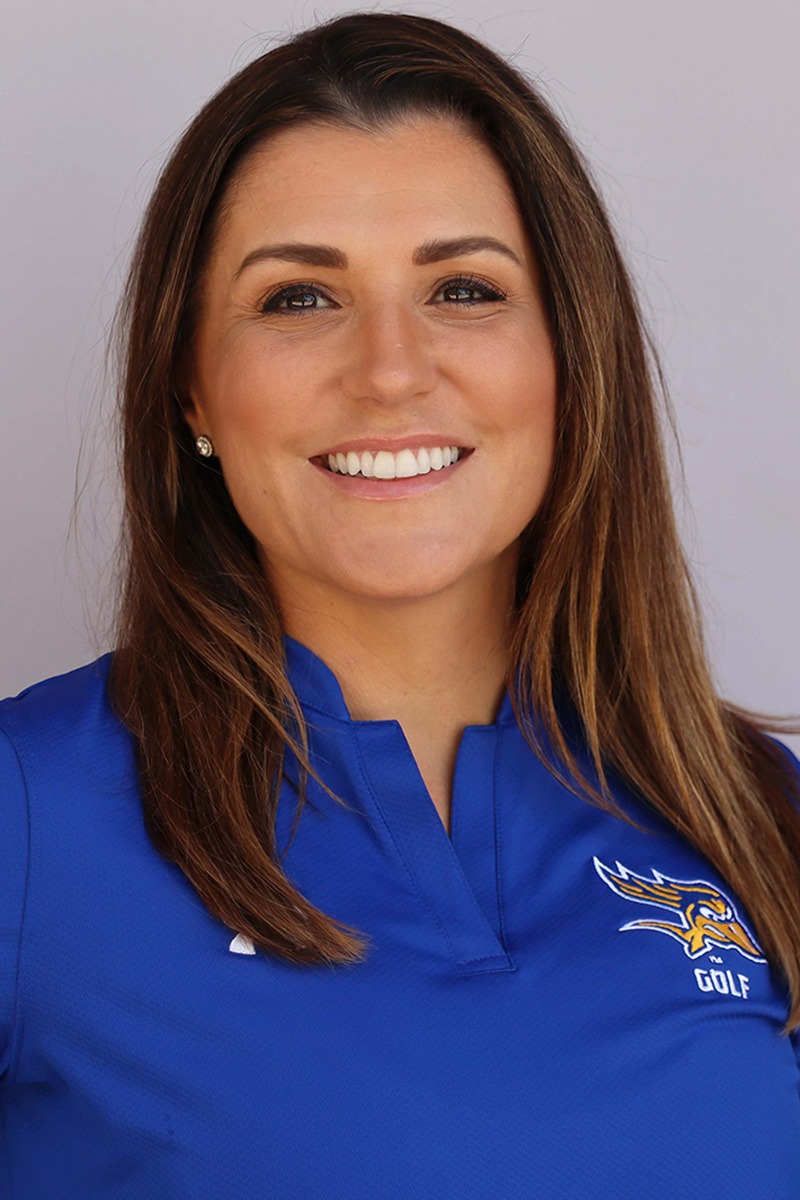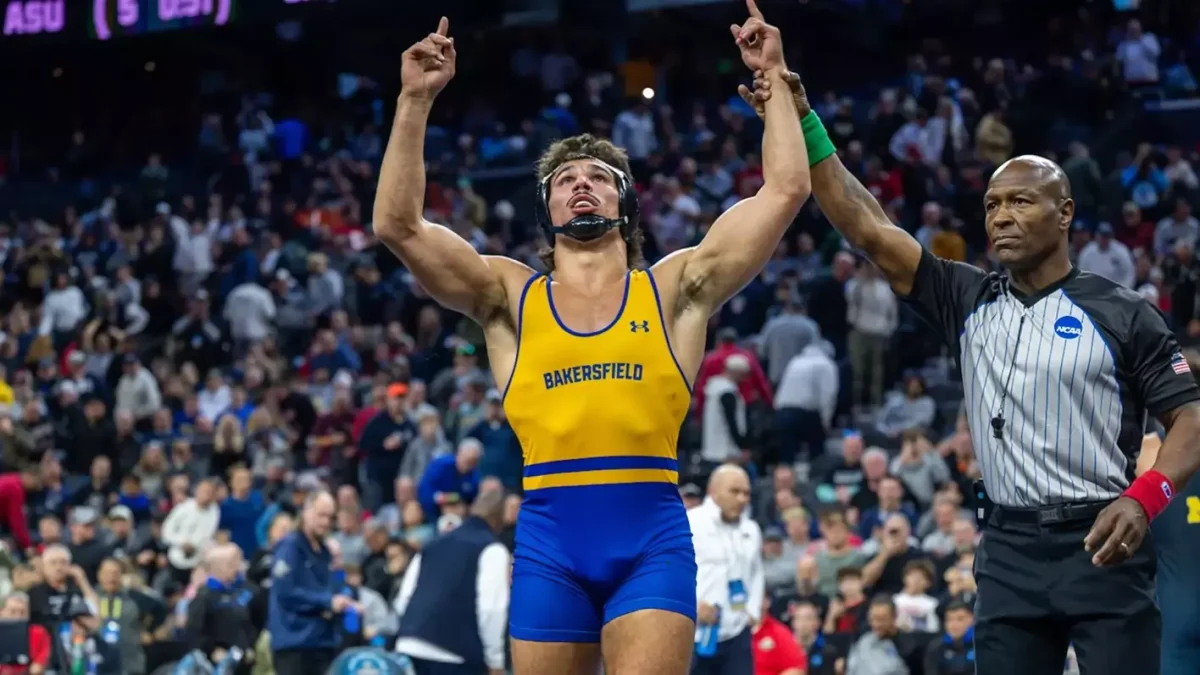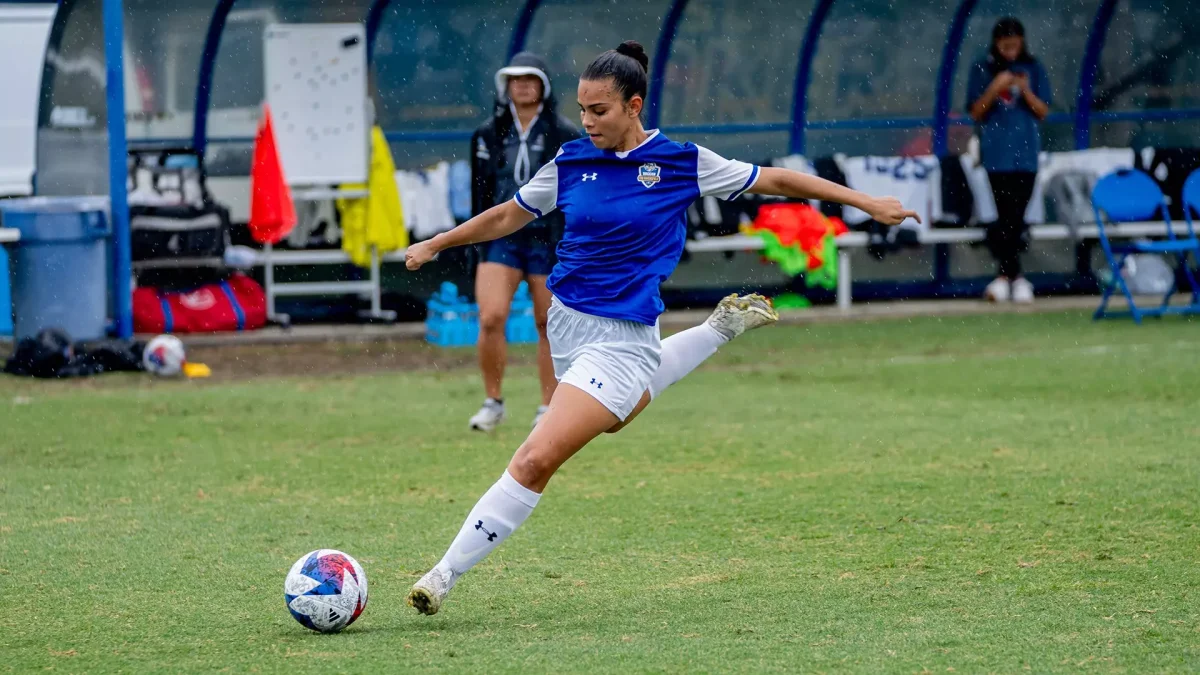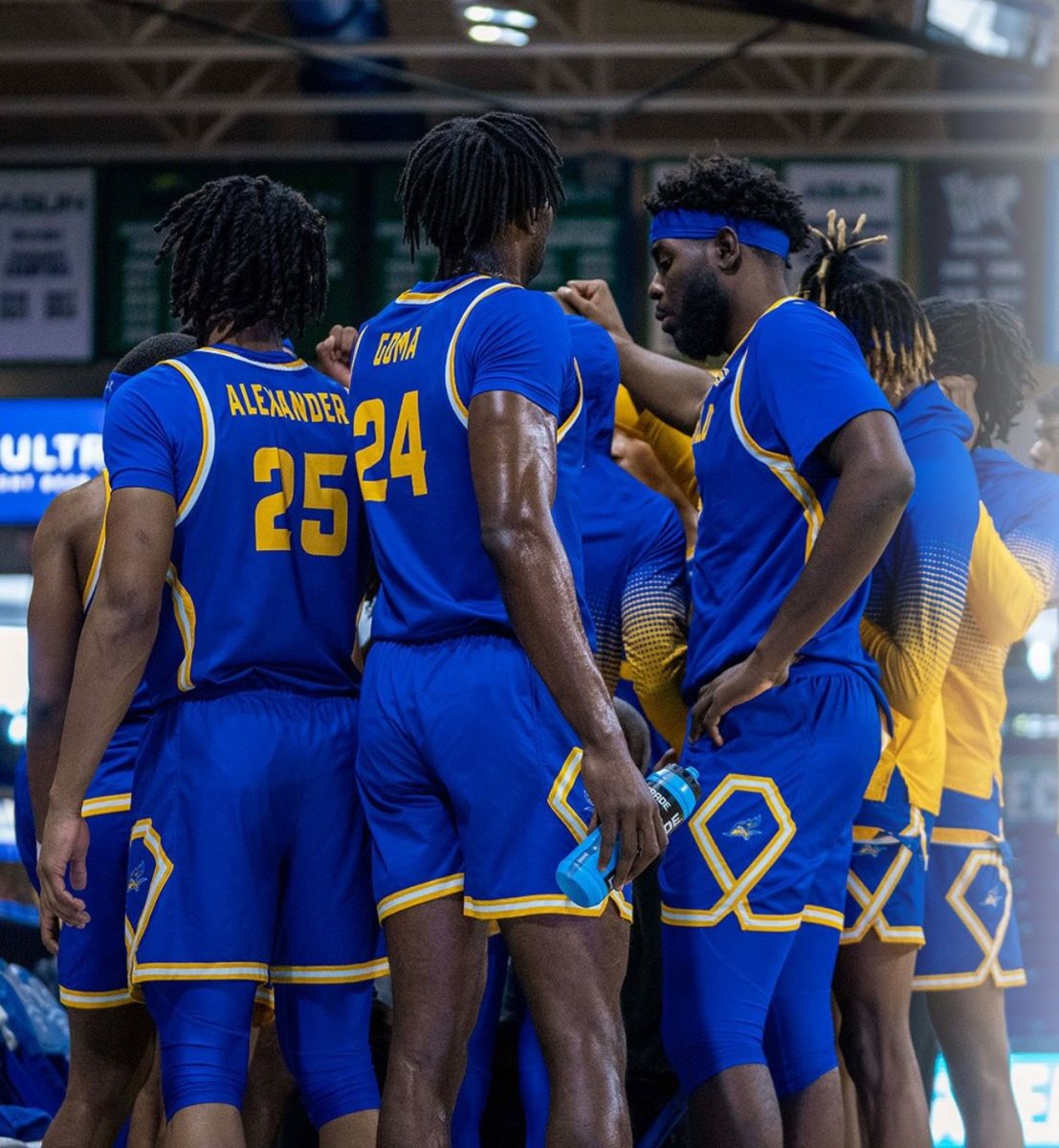By Nate Sanchez
Senior Columnist
In the case of O’Bannon v. NCAA, a federal judge ruled in favor of Ed O’Bannon and his associates. O’Bannon sued the National Collegiate Athletic Association (NCAA), challenging the organization’s use of his and other athletes’ likenesses for commercial purposes after he graduated.

In case you live under a rock, in a pineapple under the sea or just aren’t that into legal battles concerning college athletes, here’s why this is all taking place. O’Bannon was a part of UCLA’s 1995 NCAA Championship team, and sued in 2009 after he saw his likeness used in a video game, and wasn’t given any compensation. O’Bannon argued that since his status as an amateur no longer exists and should be given a portion of revenues made off of his likeness.
Student athletes, if given compensation would collect some sweet Benjamins. According to data provided to the NCAA and its lawyers by economists, “a football player in the SEC would collect $325,000 over five years and a basketball player in the Pac-12 could collect $1.2 million in a typical career.”
With those numbers, any student-athlete’s opinion about the NCAA would go along the lines of, “I don’t need it. I don’t need it. I DEFINITELY don’t need it.” Jameis Winston wouldn’t have to (allegedly) shoplift to get his crab fix!
U.S. District Judge Claudia Wilken turned in a 99-page decision outlining the verdict. Unless you’re a lawyer, reading 99 pages of legal jargon is an unholy use of your time. Thankfully, people who actually have that kind of time have picked out the important stuff for us.
I’ve always thought that the NCAA’s definition of “amateurism” is just a means of raking in the cash off the backs of college kids. Apparently, Wilken didn’t find the definition consistent at all.
She said, “This record reveals that the NCAA has revised its rules governing student-athlete compensation in numerous times over the years, sometimes in significant and contradictory ways.” Rather than evincing the association’s adherence to a set of core principles, this history documents how malleable the NCAA’s definition of amateurism has been since its founding.”
Here’s an example she gave. A Division I tennis recruit “keeps his status as an amateur even if he accepts ten thousand dollars in prize money the year before he enrolls in college,” but a Division I track and field athlete can’t if he did the same thing. Football players can keep amateur status if they accept Pell grants to boost their financial aid over the cost of attendance, but not if he accepts the same amount from his school as a payment to use name and image during live game telecasts.
So what next? The general consensus is to establish a “trust fund”-type of account, available to a player when he or she leaves school or is no longer eligible for athletics.
I’m happy that the NCAA is losing its power over the autonomy of student-athletes. For too long, it’s had student-athletes firmly grasped in their hand. Now, don’t get me wrong, I’m not some riotous anarchy junkie with a destruction fixation. I don’t see this as a revolution in which student-athletes are going to start sawing the tables of tyranny in half.

I don’t see this as a permanent fix, but I have to believe that this will at least set some wheels in motion. Mark Emmert, President of the NCAA, made $1.7 million in 2011. Meanwhile, schools get in trouble for giving their athletes more food than is allowed by the NCAA. Emmert can eat lobster while the ones to whom he owes his success are forced to tip toe around rules and regulations just so they won’t starve.






